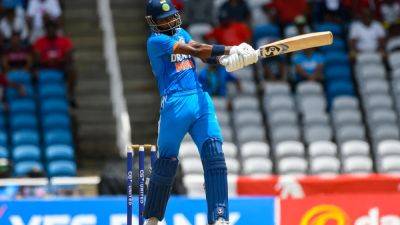What time is the solar eclipse and can you see it in the UK?
A solar eclipse will take place today as the Moon moves in front of the Sun, plunging the Earth into darkness.
People in North America will get to see the full extent of the rare occurrence, which will take place in the middle of the day for them. Meanwhile, in the UK, the event won't be quite so dramatic, but some areas may get to see a partial eclipse right before the sun sets.
During a total eclipse of the Sun, the Moon moves directly between the Sun and the Earth, which means the Earth is essentially in the Moon’s shadow. Because the Moon is much smaller than the Earth, its shadow only covers a small area of the Earth’s surface - that's why it will only be North America that gets to experience the total blackout this time around.
READ MORE: When was last total solar eclipse in UK and when will next one be?
The path of totality – where the eclipse will be fully visible – will range from Mexico’s Pacific coast to US states including Texas, Illinois, Ohio and New York and is approximately 115 miles wide. It will then make its way to Canada, moving from the city of Montreal to the provinces of New Brunswick and Newfoundland.
The out-of-sync darkness could last up to 4 minutes, 28 seconds - long enough for birds and other animals to fall silent, or for planets, stars and maybe even a comet to become visible.
In the UK and Ireland, we're only getting a partial solar eclipse – that's when just a small percentage of the Sun is covered up by the moon, so the sun's light isn't completely blocked out. But it could still be worth looking out for if you live in the right place.
In the US, people will be able to watch the Moon move in front of the Sun at around lunchtime, causing temporary darkness. However in the UK, the








